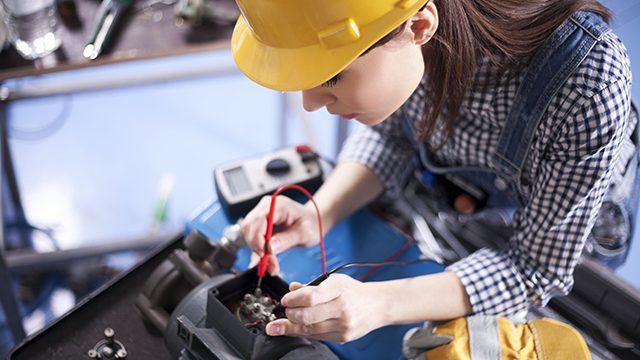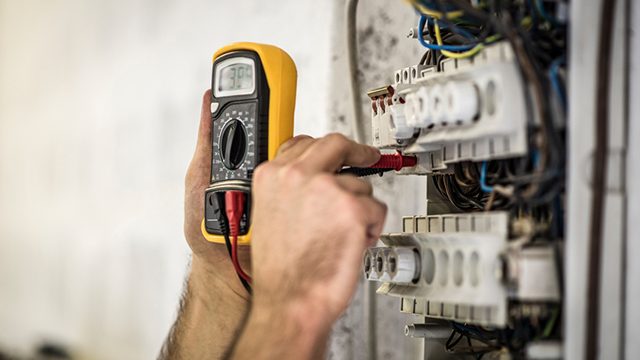We support our highly skilled 24 hour electrician Melbourne with cutting-edge equipment and premium-quality materials. You know that sick feeling you get in your stomach when the power goes out? A lot of the time there is a kind of anxious inevitability to it: a big storm is building and the lights are already flickering on and off. When they stay off, you know you’ve got a problem. Who knows how long it will be before you get that power back? If it’s a long time, you realize quickly how little you can get done without any power in your house. You more than likely aren’t going to be able to complete any meaningful work; your next thought then is to find some entertainment, but—nope—no television; well, maybe you can snack on something, but that won’t last long, and you’re hesitant to keep opening up the refrigerator for fear of letting out cold air; and as much as you want to use this opportunity to get some reading done so that you can subtly brag about all the intellectually stimulating books you’ve delved into, reading with a flashlight is hardly ideal, and your twenty-first century home is, alas, low on candlesticks. Long story short—when the power’s out, there’s not a whole bunch to do.
But, still, you can swallow that. Chances are that when your power is out, so are most of the other people’s houses in the neighborhood. Having your power out when there’s at least a clear reason for it—like a bad storm knocking down some power lines—is at least tolerable, because it’s explainable. What is really annoying is when something isn’t working, and there is no evident reason as to why. It’s a perfectly clear and sunny day, but an important power outlet isn’t working, or your kitchen appliances aren’t turning on, or something of the like. It’s unlikely that you’re going to be able to solve it all on your own, so the easiest thing to do is call an electrician, who will know the ins and outs of the job and be able to provide safe and efficient assistance.
We’ve all been there before: something isn’t working, so we immediately go try to mess around with the switch board. But the reality is that, unless there’s just been a trip, a simple switch one way or the other isn’t going to solve the problem; not to mention that with such high voltage obviously comes a real safety hazard. An electrician will not only know where to look for the problem (remember that it could be coming from wiring in walls or elsewhere), they’ll also keep you out of harm’s way by completing the job in a safe manner. If suddenly your power starts acting up and you’re not sure why, a professional electrician can help get you back to normal functioning.



